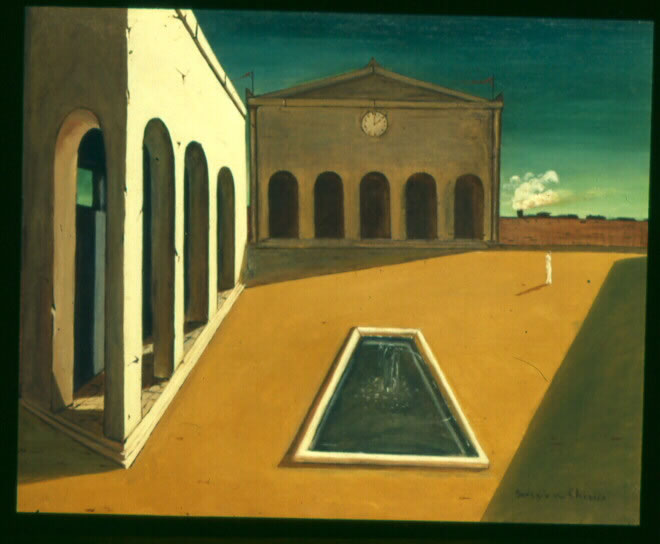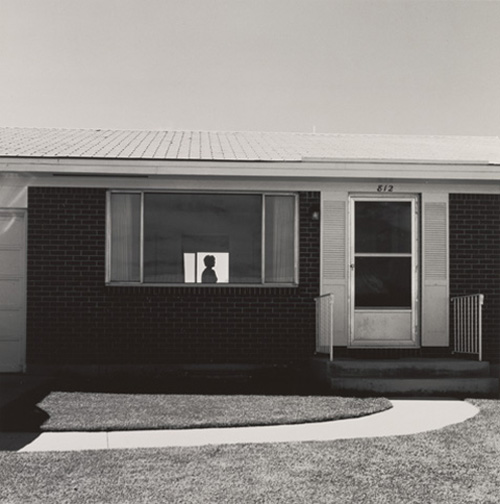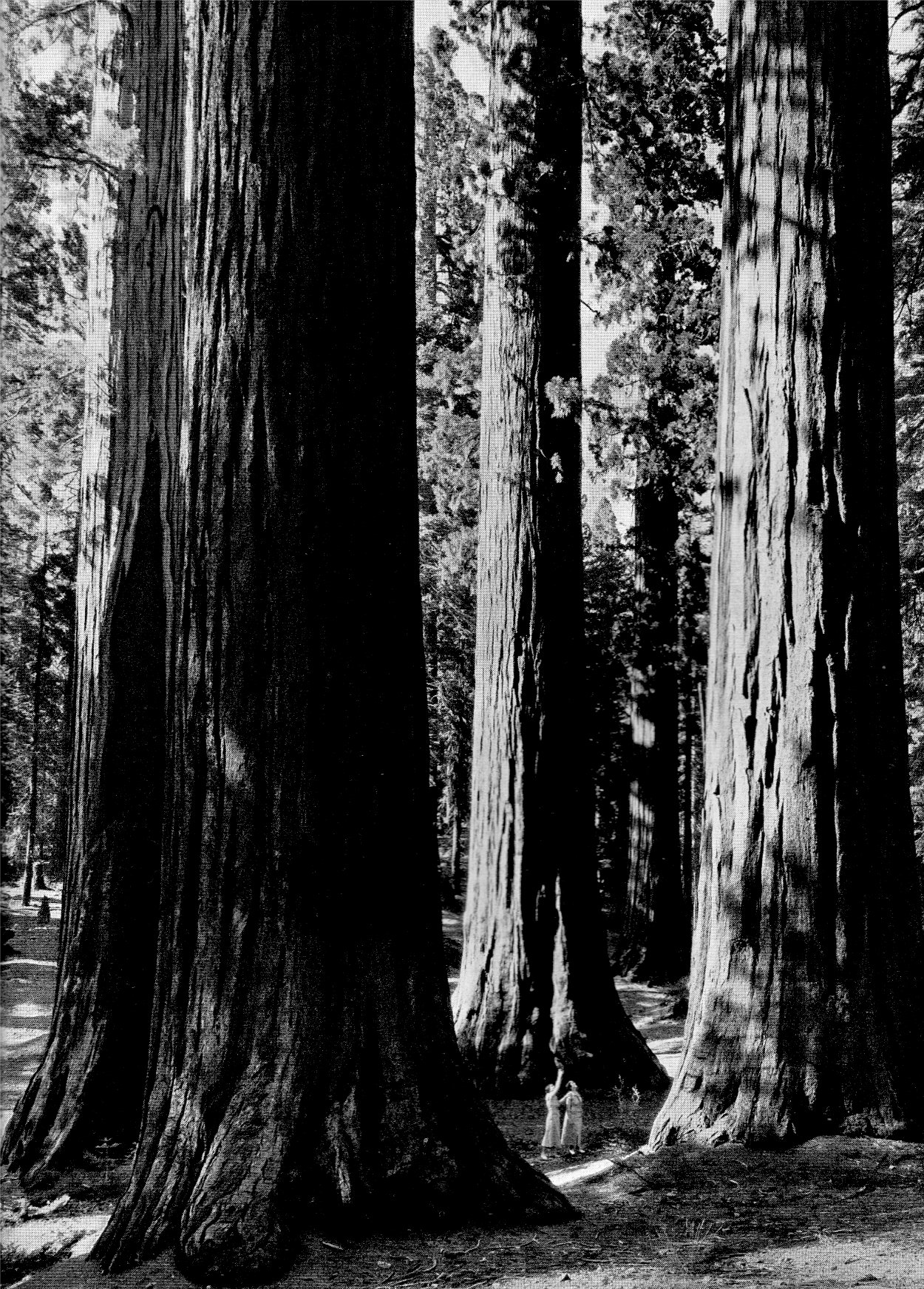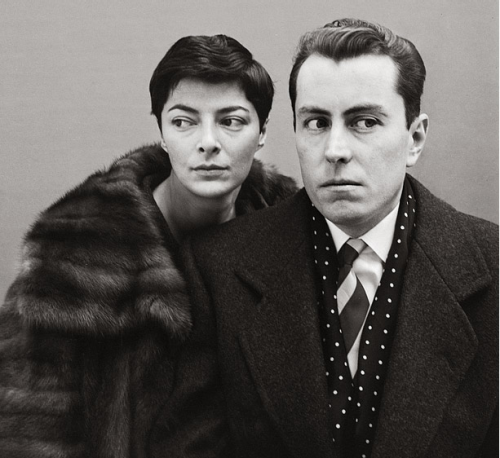On the Banks of Missouri
Amazing shot of a person's silhouette at the edge of a cliff. Very quiet, very still, very soothing to ponder in nature. I like the division of the horizon. THe image is almost divided into 4 squares, making for thought out and well balanced compositon.
Bow River-Blackfoot
This beautiful image of an indian hydrating his horse. The way this is composed draws the eye into the indians hat and slowly falls into the water through the horse's head. The texture of the ripples in the water is very interesting. That's pretty big horse, eh?
Arikara Girl
Simple shapes, nice contrast and good lighting make for this breath-taking profile of a young woman of the Arikara people. I really like the way her nose peeks through and how shiny her hair is. The stones or shells spice p this other wise bland portrait.
Painted Lodges - Piegan
Repetition of shapes makes the image uniform. A nice transition from the ground up or from the sky onto the floor. I don't think it is all that interesting but i did like it.
Hopi Angel. 1905
Graceful little girl, titled as an angel and I can only defy it so much since she looks gorgeous in this photograph. her eyes and their gaze... wow. I wish the background was a little lighter but whatever, a very nice image.

































